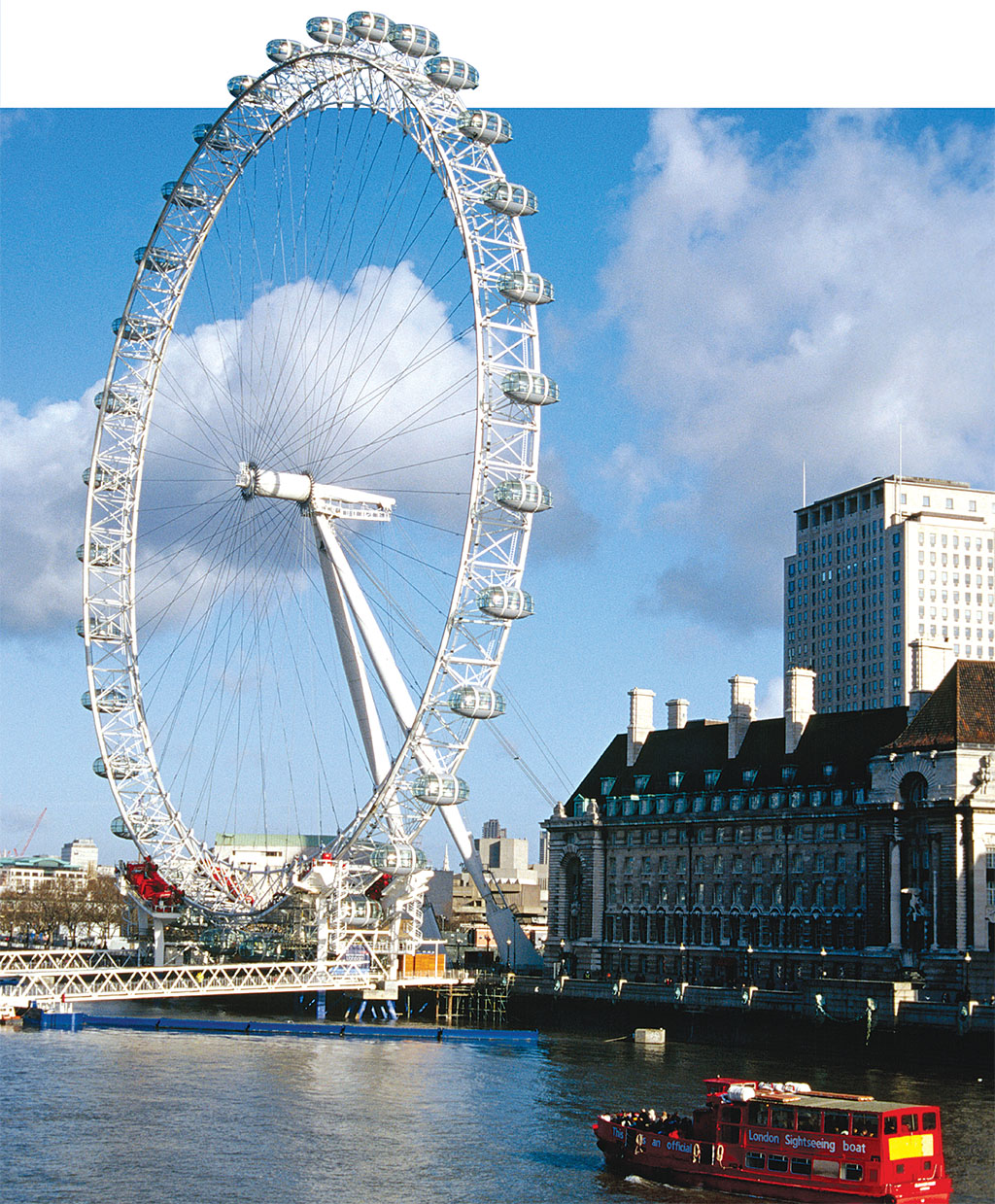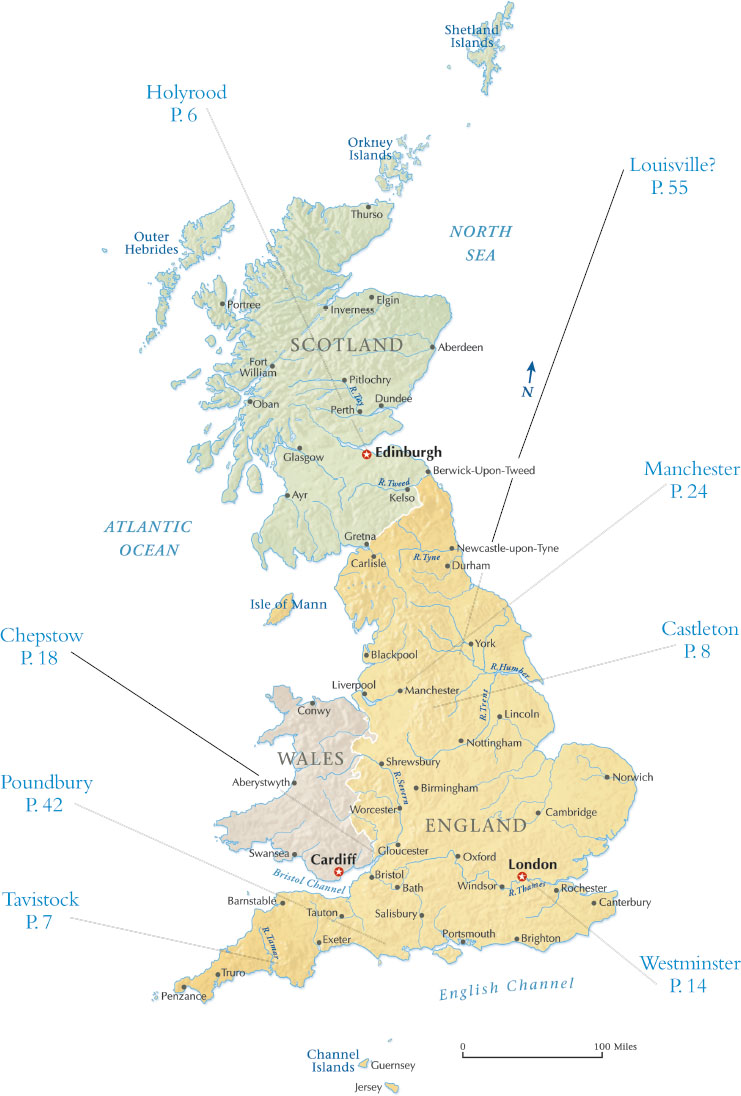
[caption id="StreetlightsofLondon_img1" align="aligncenter" width="1024"]

Westminster and Westminster Cathedral
WITH BUCKINGHAM PALACE, St. James’s Park, the Houses of Parliament and Westminster Abbey all located within its confines, Westminster may be the neighborhood that attracts the most visitors to London. While the area bustles during the day with tourists taking in the sights and with workers who toil in its many offices and shops, at night it is left to the small population that lives there.
Victoria Street runs in a straight line through the neighborhood and is the main artery for buses, automobiles and pedestrians. At one end of this busy road is 19th-century Victoria Station, with train service to cities and towns in the south of England and the convergence of three lines of the London Underground. At the opposite end, some of those well-known buildings cluster around Parliament Square. Few visitors, however, take time to linger along the stretch in between. This is understandable since much of the street is home to drab office buildings housing various government departments as well as the usual shops that can be seen on any High Street in the country. For anyone who takes the time to slowly amble along Victoria Street, though, there are two hidden treasures to be found.
Halfway between Victoria Station and Westminster Abbey, Victoria Street intersects with Broadway on one side and Strutton Ground, still the site of one of the last outdoor markets in central London, on the other. Christchurch Gardens, on the Broadway side, is a large green square amidst a sea of concrete. It contains a stone memorial dedicated to the suffragettes who held meetings at Caxton Hall, just footsteps away, in the early years of the 20th century. Historic Caxton Hall will soon house luxury apartments as this area becomes more and more residential. A bust of the 17th-century English composer Henry Purcell dominates the corner of Christchurch Gardens that faces Victoria Street. Across from the Gardens, on Broadway, is the revolving sign signifying the home of New Scotland Yard. This sign should be readily familiar to even first-time visitors to London because it often appears in motion pictures and television shows.
[caption id="StreetlightsofLondon_img2" align="aligncenter" width="1024"]

WWW.BRITAINONVIEW.COM
Back on Victoria Street, the Albert, a pub named after Queen Victoria’s husband and built in 1864, remains a fixture in the neighborhood. Step into the Albert and you are transported back to another era. The comfortable and busy bar on the ground floor has splendid large etched glass windows making the space bright with natural light. Portraits of British prime ministers from Salisbury to Blair line the ornate staircase that leads upstairs to the Albert’s restaurant, a quiet place to enjoy good food at reasonable prices. Diners are particularly drawn to its traditional carvery, an all-you-can-eat buffet. Often a division bell disrupts the quiet chatter and can be heard throughout the Albert, calling members of Parliament back to the seat of government up the road for an important debate or vote.
Farther along Victoria Street lies a lesser known gem that is definitely worth a visit. It is Westminster Cathedral, which may not be as famous as Westminster Abbey but has its own history and traditions.
The cathedral is the principal Catholic church in England and Wales, and the Archbishop of Westminster is often referred to as the head of the Catholic Church here, although this diocese is actually equal in status to the others. The cathedral was built between 1896 and 1903 on the former site of the Middlesex County prison of Tothill Fields. In earlier times the land had been owned by the monks of Westminster Abbey, who used it as an outdoor market most of the time and as a fairground on feast days.
The beautiful sparkling facade of the cathedral, with its towers, balconies and domes, was designed by John Francis Bentley, who toured Europe looking for inspiration. He found what he was seeking in St. Mark’s Basilica in Venice and especially Santa Sophia in Istanbul and went on to design this Byzantine-style structure. People walking along Victoria Street often register surprise at the wide piazza in front, which creates an oasis between the busy street and the front doors of the church.
The spacious interior of the cathedral contains the broadest nave in England and is renowned for its mosaics and multicolored marble. Victoria Street’s hectic pace is in sharp contrast to the tranquil refuge within Westminster Cathedral, and tired shoppers from the new Cardinal Place Mall across the street often stop for a moment or two of quiet thought and prayer.
[caption id="StreetlightsofLondon_img3" align="aligncenter" width="1024"]

WWW.BRITAINONVIEW.COM
Eric Gill’s Fourteen Stations of the Cross, created between 1914 and 1918, are among the cathedral’s most important works of art. The small, old-fashioned, manually operated lift slowly takes visitors to the top of St. Edward’s Tower, the great campanile that soars 273 feet into the air, for a panoramic view of London. Anyone who has seen Alfred Hitchcock’s movie Foreign Correspondent will recognize the tower from the dramatic scene filmed at its top.
Of course, all roads lead to the start of Victoria Street and to the Abbey, Houses of Parliament and Big Ben. Westminster Abbey is where almost every king and queen of England has been crowned since 1066. Its neighbor is the charming St. Margaret’s parish church, often overlooked because of its location in the shadow of the Abbey. Samuel Pepys and Winston Churchill are among those who married there.
Within a small area of London, the religious, political and royal sectors of the city come together. Any walk in this neighborhood should certainly end or begin on Westminster Bridge, where the Houses of Parliament stand dramatically on one side and the London Eye, the giant Ferris wheel, soars to the sky on the south side of the Thames. William Wordsworth’s poem “Upon Westminster Bridge” still resonates today as the bridge continues to be a place to reflect on London and all that it offers:
Dull would he be of soul who could
pass by
A sight so touching in its majesty.
[caption id="StreetlightsofLondon_img4" align="aligncenter" width="741"]

BLUE MARBLE MAPS, LLC





Comments